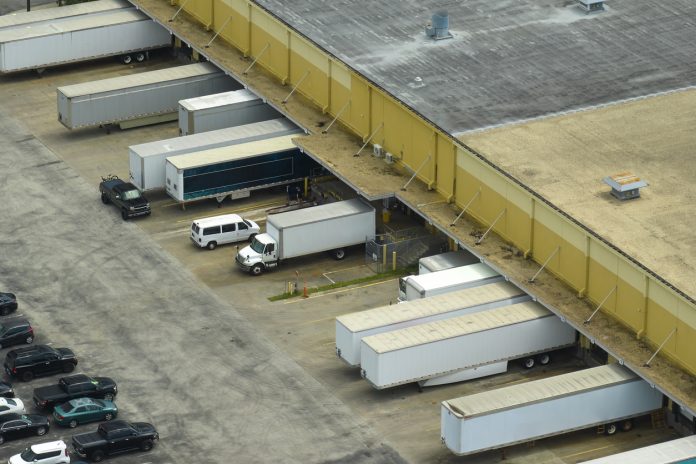From time to time, you will be preloading a trailer for another driver and what you do will have a huge bearing on the load delivering on time. Don’t be “that” driver who does the bare minimum by simply loading the trailer and dropping it in the yard. Proceed like a true professional, and treat that loaded trailer as though you were taking it through to the final destination. Be sure that what is listed on the shipping documents matches what is actually in (or on) the trailer. If you are unable to actually watch the trailer being loaded, make sure that fact is noted on the bills by writing “SLAC” (Shipper Load And Count) or “XX pallets said to contain YY pieces” by your name. If you do have to sign for pieces, make sure you actually count each piece as it’s loaded on the trailer.
If the load contains dangerous goods, be sure the proper procedures are followed, especially the type and weight, that the dangerous goods are properly documented, and that there is no conflict of dangerous goods, IE no foodstuffs on the same trailer as poisons. This may sound obvious, but it has happened. Also, certain dangerous goods can not be transported with other dangerous goods, such as dynamite and blasting caps. Back in the 1990s, a truck with blasting caps and dynamite blew a crater in the highway just east of Dryden that took 2 months to repair. The fine was enough to bankrupt the company.
Seal the trailer with a tamper-resistant seal, either a bolt or cable seal, and record the seal number in the bills. Scale the trailer before leaving the shipper, or at the closest certified scale. If the weights are legal, record them on the trip envelope you’ll be leaving for the next driver and carry on. If not, return to the shipper to have them adjusted properly. When scaling the trailer, make sure it’s legal for all jurisdictions it will be traveling. Some states and provinces have restrictions that are more stringent than others. California for instance has a very strict wheelbase requirement that is illegal in most other states, and what is legal in the surrounding states is illegal in California. Don’t ask why, it just is.
Failure to follow these procedures, and just dropping the trailer with the “no longer my problem” attitude will definitely not make you any friends, and it could cost the next driver some valuable home time as he has to take the time to fix the issues you left him with.



















